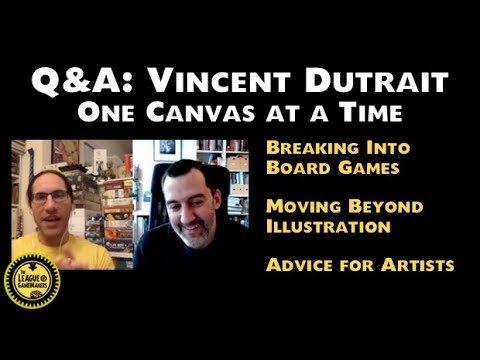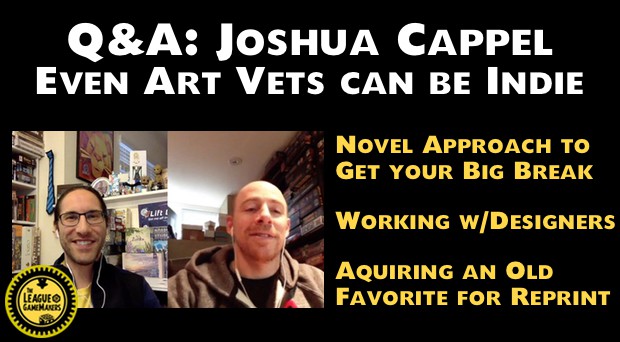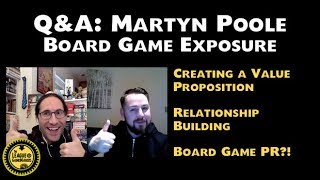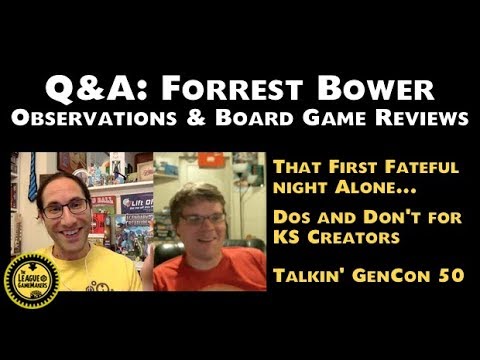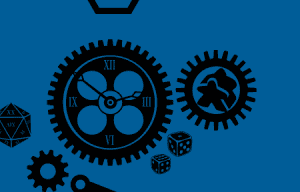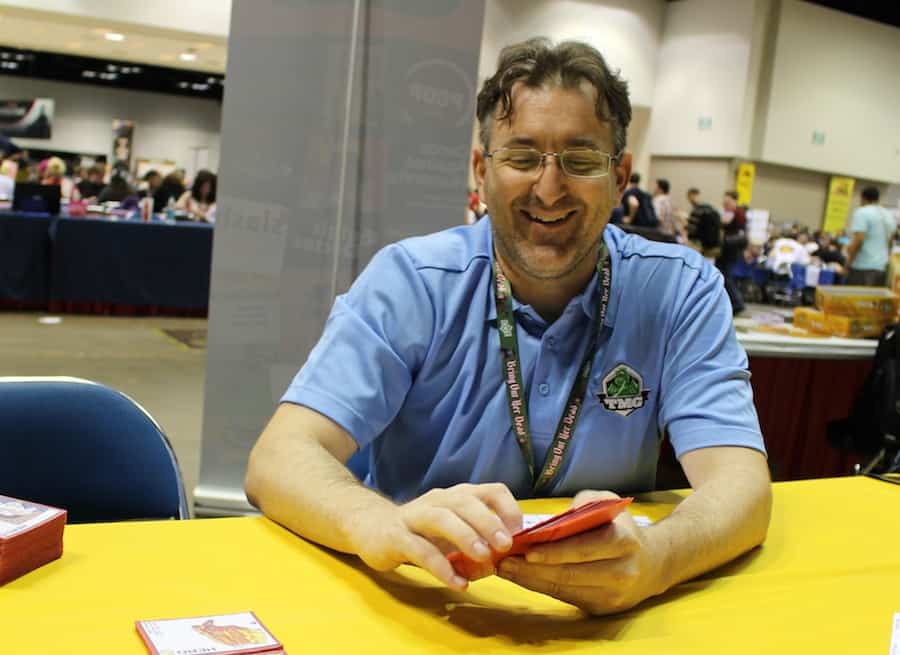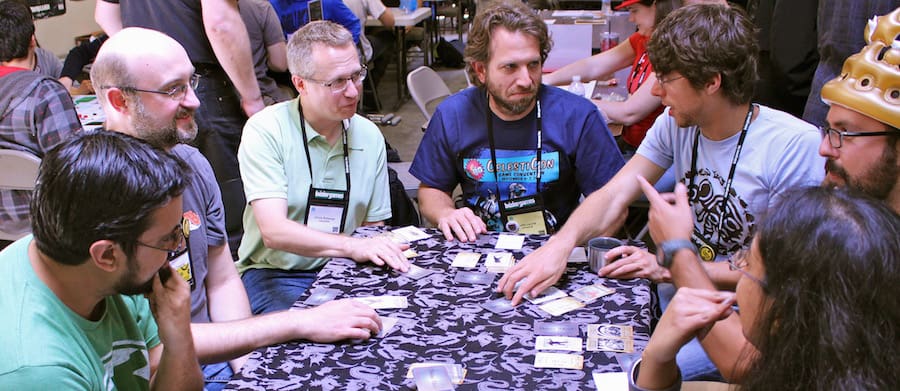
Game designers approach games in their own way. The goal, however, is essentially the same; make something fun. It’s easy to get caught up in mechanics or theme and fail to put the fun into your game. Perhaps more importantly, it’s important to put the right type of fun in your game.
Some failures in the boardgame world come from a false advertising of the type of fun involved in the game. If a game looks adventurous but plays like a game heavy on analysis and devoid of theme, your players will be disappointed in the game. The same can be said for players looking for brain-burning puzzles, only to be rolling random outcomes the whole time. Tailor the type of fun your game will have according to the audience you’re seeking.
Let’s take a look at a few of the main types of fun a game can possess:
THE GAMBLE
![]()
You know that moment when you’re about to draw a card or roll a die and all your hopes and dreams in this game depend on this outcome? That’s the Gamble. It’s important to note that the result isn’t the fun, it’s the anticipation of the result that is the fun. A player who enjoys the Gamble will want to play again, even if the result was a negative one.
Mechanically, you can achieve the Gamble type of fun by placing a random element with a significant outcome after the player’s choice is made.
For instance, the mechanic “Roll to Move” is a Gamble. The player has chosen where they want to go, perhaps a great deal depends on getting there. Then they roll dice to see if they can complete the action they hoped could be accomplished.
THE PROS:
The Gamble is an easy mechanic to implement. It also has the ability to create anticipation and replicate the feel of many exciting themes.
THE CONS:
The feeling of fun is fleeting, especially when the results are so important and the odds are against the player. It also works against players who care more about their achievements than the adventure of the game.
THE BOX:
The Gamble should be in heavy thematic games. Games where luck is a major factor. It isn’t a type of fun that can be combined with the Builder well. Your game box should reflect a high level of theme and art. Box descriptions should indicate that the player will be taking chances and that luck is a factor.
THE EXPLORATION
![]()
Exploration is confused with the Gamble sometimes. It is a random element, but the fun isn’t in the anticipation of the result as much as it is in discovering something new to the player. The reveal of new knowledge is what the player is seeking here.
You can tell the difference by asking what the player hopes to see when a card or some other element is revealed. If they’re hoping for something specific, that’s the Gamble. If the player is just curious about the outcome so that they can begin to plan for it, that’s the Exploration.
The Exploration is random like the Gamble, but it comes before the player’s choice. Something is randomly revealed and the player now makes decisions based on that revelation.
THE PROS:
Like the Gamble, the Exploration fits easily into many themes and is easy to achieve. The results of the Exploration aren’t usually as significant to the player as with the Gamble, so what is revealed doesn’t have the potential to destroy the player’s ability to win or lose.
THE CONS:
Replayability suffers in games heavy with the Exploration type of fun. The first time a tile or card is revealed, it is superb, but the second game where it is revealed is just a little less exciting.
THE BOX:
If the game’s main theme and mechanic is based on the Exploration type of fun, make sure your audience knows this using theme and descriptive text. The most analytical players will want less of this type of fun in their games.
THE SACRIFICE
![]()
Those moments when the player agonizes over which path to take, which moment to execute a plan, that is the Sacrifice. The Sacrifice is a type of fun that allows the player to decide when to pull a trigger on something. There must always be something given to have something gained.
A player must choose to lose an advantage to gain another advantage or method of advancement. Mechanically, this can mean that a player gets rid of one special ability for another, discards powers for points, or makes some other decision that advances them in an alternate fashion than before.
THE PROS:
The Sacrifice is completely in the player’s hands. This means, whatever the outcome of the decision, the player can learn from it and will most likely want to play again to try different methods if they enjoy this type of fun.
THE CONS:
The Sacrifice can cause analysis-paralysis. With decisions being this important, those players who have difficulty making unwavering decisions quickly will not enjoy the stress this kind of fun provides.
THE BOX:
As a main mechanic in a game, you want to attract players that take control and make quick decisions quickly. This should be reflected in the game’s theme, descriptions, and art. Telling your potential players that difficult decisions are ahead is the best way to get the audience you want for your game.
THE BUILDER
![]()
This type of fun is all about the creation of something efficient and effective. The fun here is in the planning and execution of the build. Players will have several moves or decisions made in their heads before they can carry them out.
Engine Building is a popular mechanic that utilizes this type of fun. To the player, nothing is more important than making a plan, executing that plan, and seeing it thrive. Obstacles feed the enjoyment of this type of fun, but set-backs will kill it. The player enjoys the challenge, and their personal pride can be wrapped up in their achievements.
The Builder should almost never be mixed the Gamble type of fun. Your audience for the Builder type of fun wants to be rewarded for their efforts. If a random circumstance makes all their hard work topple, they’ll despise the game on a personal level.
THE PROS:
If executed correctly, this type of fun can make the player feel accomplished and will push these kinds of games onto others to reveal their abilities and accomplishments to others.
THE CONS:
The player who enjoys this kind of fun will want to come back to the game if they fail, but the player who doesn’t enjoy this type of challenge won’t give it a second try when they fail.
THE BOX:
Make sure that your game box reflects the absence of random chance when the Builder is your main choice of fun. Planning and creation should be a focus in your descriptive text.
THE CHARACTER
![]()
This type of fun centers on the player’s imagination. They get to do something individually that sets them apart and makes them feel like they’re in the story.
Using special abilities is an easy way to set up this type of fun. If each player has a different role or power to use at different times in the game that make the player feel involved, this is the Character type of fun.
THE PROS:
The Character can make the player feel personally involved in the game and will recount their adventures to others who might want to play the same type of game. They’ll also want to try other characters and play the game often looking for that same kind of enjoyment.
THE CONS:
Players with little imagination or interest in story and theme will not enjoy this type of fun. In fact, they’ll more likely be frustrated that they started with alternative abilities and perceive the game to be unbalanced. There’s also the risk of the player not being able to use their abilities to achieve the special notoriety they seek.
THE BOX:
Your game’s box should reflect adventure and personal triumph, even in cooperative games. Let the player know that they may have that moment where they’ll shine. The box’s description should let the player know that they will be special and have a purpose in the game.
THE EVILDOER
![]()
The Evildoer type of fun centers on the “gotchya” moment. The player enjoys making a plan and executing it to undo another player’s efforts.
This type of fun can be found with the “take-that” mechanic. Some types of the Evildoer are quick bursts of enjoyment, like blocking a player with a single move. Still, the Evildoer type of fun is best executed when the player has a chance to plan the doom of another player or players.
THE PROS:
This sort of fun gives players the ability to pull one over on their friends. Players with a practical joke sense of mentality will enjoy playing this game many times and will share their victorious stories with others.
THE CONS:
With an Evildoer, there’s always a victim. Many players aren’t comfortable being in games where they are attacked.
THE BOX:
Your game box should absolutely warn anyone that your game has this type of fun in it. Many themes lend themselves to this kind of fun, but also note it in your descriptive text. No one is on the fence about these kinds of games. You want players who know what they’re getting into with the Evildoer type of fun.
THE PUZZLER
![]()
They say the journey is half the fun, but for those that enjoy puzzles, the journey is most of the fun, if not all. Realization of the puzzle brings an end to the enjoyment.
This type of fun can be found in things like spatial puzzles, mazes, and logical pattern recognition. The Puzzler provides a multitude of minor victories to the player. Each time they advance closer to the end result, their enjoyment is increased.
THE PROS:
The Puzzler offers the player who enjoys these sorts of challenges a chance to shine and feel constant reward. It’s the kind of fun that leads certain people to claim games as their absolute favorite, even if most others disagree.
THE CONS:
There are a number of players who simply won’t be able to keep up with other players no matter what. Like dexterity games, some people are naturally inclined to be better at this type of fun than others. Those who do well and love it, may find eventually that others don’t want to play with them.
THE BOX:
Having no theme is a big give away to players that this kind of game holds a more abstract kind of play, but that doesn’t mean that a game with this type of fun has to be without a theme. There are many different ways to work in this kind of theme, and it may not be necessary to point it out if the game is cooperative and contains other types of fun.
THE ADVENTURE
![]()
Mechanics? Who needs ’em! With this type of fun, the player is interested in the story. They don’t care if they win or lose as long as the result is epic or tragic.
Players who enjoy the Adventure will be as entertained by another player’s story as much as they are their own. Sometimes they add more detail, or recount the story just minutes after it’s happened. Theme is heavy and the player is immersed in the world the game provides.
THE PROS:
The Adventure type of fun makes the player feel deeply involved with the game. Win or lose they’ll enjoy themselves and come back for more.
THE CONS:
Replay-ability can become an issue depending on how this is implemented. If it’s a one-time story, then the game has limited plays for each player. If it’s too modular, the story can seem too segmented and abstract.
THE BOX:
Theme should be dripping off of this box. The descriptions should tell the player that they’re going to be immersed in this world and be a part of its story.
ADD THE FUN
These are only a few of the types of fun you can place in your game, but it’s important to consider this when you’re designing. Many of them can be mixed together, some should almost never be mixed, but one type of fun should be prevalent and be understood by the players just by looking at the box.
Don’t try to trick your audience by making the box say one thing, but the game is another. You’ll just end up with poor ratings and comments on the game. Every player is different and is looking for a different type of fun. If you give them what they expect, they’ll love you for it.
Remember, if you’re designing a game, you’re designing fun, so focus on it.

